Citizenship British Name Charles Sherrington | Role Neurophysiologist Children Carr E.R. Sherrington | |
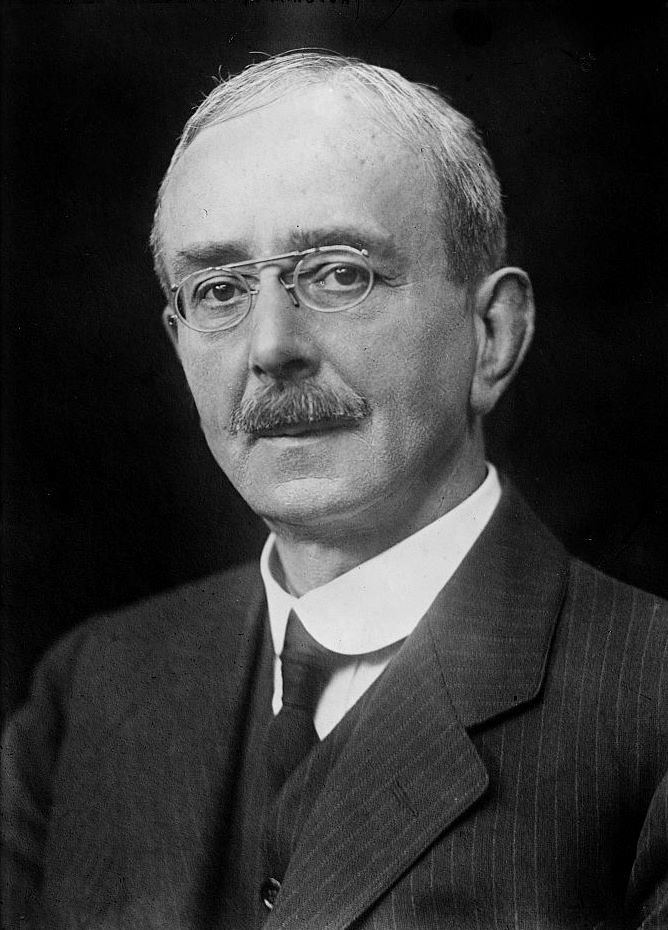 | ||
Fields PhysiologyPathologyHistologyNeurologyBacteriology Academic advisors Michael FosterJohn Newport Langley Doctoral students John Farquhar FultonJohn Carew EcclesAlfred Frohlich Influences Johannes MullerThomas AsheW. H. GaskellDavid FerrierRudolf Virchow Spouse Ethel Mary Wright (m. 1891) Parents Anne Brookes, James Norton Sherrington Books The Integrative Action of t, Man on His Nature, Mammalian Physiology: a Course, The Endeavour of Jean F Similar People | ||
Cientifico premio nobel sir charles scott sherrington vs la enferma creencia del infierno
Sir Charles Scott Sherrington (27 November 1857 – 4 March 1952) was an English neurophysiologist, histologist, bacteriologist, and a pathologist, Nobel laureate and president of the Royal Society in the early 1920s. He received the Nobel Prize in Physiology or Medicine with Edgar Adrian, 1st Baron Adrian, in 1932 for their work on the functions of neurons. Prior to the work of Sherrington and Adrian, it was widely accepted that reflexes occurred as isolated activity within a reflex arc. Sherrington received the prize for showing that reflexes require integrated activation and demonstrated reciprocal innervation of muscles (Sherrington's law). Through his seminal 1906 publication, The Integrative Action of the Nervous System, he had effectively laid to rest the theory that the nervous system, including the brain, can be understood as a single interlinking network. His alternative explanation of synaptic communication between neurons helped shape our understanding of the central nervous system.
Contents
- Cientifico premio nobel sir charles scott sherrington vs la enferma creencia del infierno
- Charles Scott Sherrington Wikipedia audio article
- Early years and education
- Seventh International Medical Congress
- Travel
- Employment
- Liverpool
- Oxford
- Retirement
- Personal life
- Noted publications
- Honours and awards
- Eponyms
- References
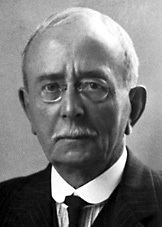
Charles Scott Sherrington | Wikipedia audio article
Early years and education
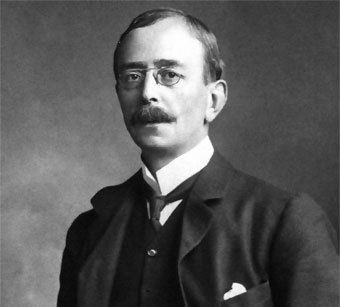
Official biographies claim Charles Scott Sherrington was born in Islington, London, England, on 27 November 1857 and that he was the son of James Norton Sherrington, a country doctor, and his wife Anne Thurtell. However James Norton Sherrington was an ironmonger and artist's colourman in Great Yarmouth, not a doctor, and died in Yarmouth in 1848, nearly 9 years before Charles was born. In the 1861 census, Charles is recorded as Charles Scott (boarder, 4, born India) with Anne Sherrington (widow) as the head and Caleb Rose (visitor, married, surgeon). He was brought up in this household with Caleb recorded as head in 1871, although Ann and Caleb did not marry until after the death of his wife in 1880. The relationship between Charles and his childhood family is unknown. During the 1860s the whole family moved to Anglesea Road, Ipswich, reputedly because London exacerbated Caleb Rose's tendency to asthma.
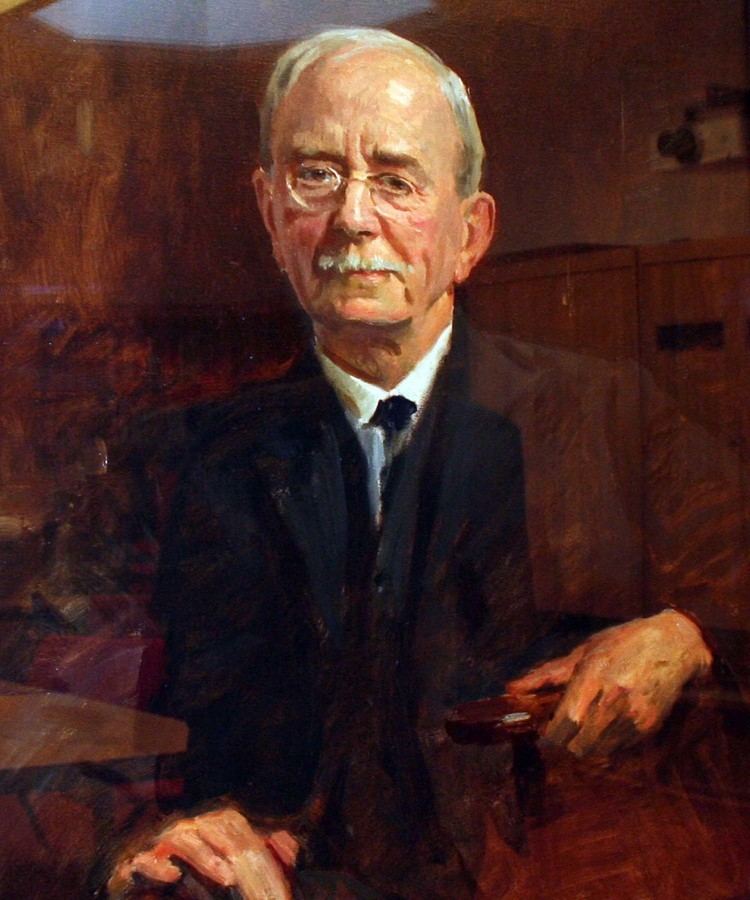
Caleb Rose was noteworthy as both a classical scholar and an archaeologist. At the family's Edgehill House in Ipswich one could find a fine selection of paintings, books, and geological specimens. Through Rose's interest in the Norwich School of Painters, Sherrington gained a love of art. Intellectuals frequented the house regularly. It was this environment that fostered Sherrington's academic sense of wonder. Even before matriculation, the young Sherrington had read Johannes Müller's Elements of Physiology. The book was given to him by Caleb Rose.
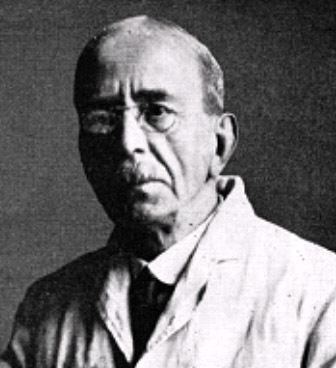
Sherrington entered Ipswich School in 1871. Thomas Ashe, a famous English poet, worked at the school. Ashe served as an inspiration to Sherrington, the former instilling a love of classics and a desire to travel in the latter.
Rose had pushed Sherrington towards medicine. Sherrington first began to study with the Royal College of Surgeons of England. He also sought to study at Cambridge, but a bank failure had devastated the family's finances. Sherrington elected to enroll at St Thomas' Hospital in September 1876 as a "perpetual pupil". He did so in order to allow his two younger brothers to do so ahead of him. The two studied law there. Medical studies at St. Thomas's Hospital were intertwined with studies at Gonville and Caius College, Cambridge. Physiology was Sherrington's chosen major at Cambridge. There, he studied under the "father of British physiology," Sir Michael Foster.
Sherrington played football for his grammar school, and for Ipswich Town Football Club, rugby St. Thomas's, was on the rowing team at Oxford. During June 1875, Sherrington passed his preliminary examination in general education at the Royal College. This preliminary exam was required for Fellowship, and also exempted him from a similar exam for the Membership. In April 1878, he passed his Primary Examination for the Membership of the Royal College of Surgeons, and 12 months later the Primary for Fellowship.
In October 1879, Sherrington entered Cambridge as a non-collegiate student. The following year he entered Gonville and Caius College. Sherrington was quite the student. In June 1881 he took Part I in the Natural Sciences Tripos and was awarded a starred First in physiology; there were 9 candidates in all (8 men, 1 woman), of whom five gained Firsts; in June 1883 in Part II of the Tripos he also gained a First, alongside William Bateson. Walter Holbrook Gaskell, one of Sherrington's tutors, informed him in November 1881 that he had earned the highest marks for his year in botany, human anatomy, and physiology; second in zoology; and highest overall. John Newport Langley was Sherrington's other tutor. The two were interested in how anatomical structure is expressed in physiological function.
Sherrington earned his Membership of the Royal College of Surgeons on 4 August 1884. In 1885, he obtained a First Class in the Natural Science Tripos with the mark of distinction. In the same year, Sherrington earned the degree of M.B., Bachelor of Medicine and Surgery from Cambridge. In 1886, Sherrington added the title of L.R.C.P., Licentiate of the Royal College of Physicians.
Seventh International Medical Congress
The conference was held in London in 1881. It was at this conference that Sherrington began his work in neurological research. At the conference controversy broke out. Friedrich Goltz of Strasbourg argued that localized function in the cortex did not exist. Goltz came to this conclusion after observing dogs who had parts of their brains removed. David Ferrier, who became a hero of Sherrington's, disagreed. Ferrier maintained that there was localization of function in the brain. Ferrier's strongest evidence was a monkey who suffered from hemiplegia, paralysis affecting one side of the body only, after a cerebral lesion.
A committee, including Langley, was made up to investigate. Both the dog and the monkey were chloroformed. The right hemisphere of the dog was delivered to Cambridge for examination. Sherrington performed a histological examination of the hemisphere, acting as a junior colleague to Langley. In 1884, Langley and Sherrington reported on their findings in a paper. The paper was the first for Sherrington.
Travel
In the Winter of 1884–1885, Sherrington left England for Strasbourg. There, he worked with Goltz. Goltz, like many others, positively influenced Sherrington. Sherrington later said of Goltz that: "[h]e taught one that in all things only the best is good enough."
A case of asiatic cholera had broken out in Spain in 1885. A Spanish physician claimed to have produced a vaccine to fight the outbreak. Under the auspices of Cambridge University, the Royal Society of London, and the Association for Research in Medicine, a group was put together to travel to Spain to investigate. C.S. Roy, J. Graham Brown, and Sherrington formed the group. Roy was Sherrington's friend and the newly elected professor of pathology at Cambridge. As the three traveled to Toledo, Sherrington was skeptical of the Spanish physician. Upon returning, the three presented a report to the Royal Society. The report discredited the Spaniard's claim.
It should be mentioned that Sherrington did not meet Santiago Ramón y Cajal on this trip. While Sherrington and his group remained in Toledo, Cajal was hundreds of miles away in Zaragoza.
Later that year Sherrington traveled to Rudolf Virchow in Berlin to inspect the cholera specimens he procured in Spain. Virchow later on sent Sherrington to Robert Koch for a six weeks' course in technique. Sherrington ended up staying with Koch for a year to do research in bacteriology. Under these two, Sherrington parted with a good foundation in physiology, morphology, histology, and pathology. During this period he may have also studied with Waldeyer and Zuntz.
In 1886, Sherrington went to Italy to again investigate a cholera outbreak. While in Italy, Sherrington spent much time in art galleries. It was in this country that Sherrington's love for rare books became an addiction.
Employment
In 1891, Sherrington was appointed as superintendent of the Brown Institute for Advanced Physiological and Pathological Research of the University of London, a center for human and animal physiological and pathological research. Sherrington succeeded Sir Victor Alexander Haden Horsley. There, Sherrington worked on segmental distribution of the spinal dorsal and ventral roots, he mapped the sensory dermatomes, and in 1892 discovered that muscle spindles initiated the stretch reflex. The institute allowed Sherrington to study many animals, both small and large. The Brown Institute had enough space to work with large primates such as apes.
Liverpool
Sherrington's first job of full-professorship came with his appointment as Holt Professor of Physiology at Liverpool in 1895, succeeding Francis Gotch. With his appointment to the Holt Chair, Sherrington ended his active work in pathology. Working on cats, dogs, monkeys, and apes that had been bereaved of their cerebral hemispheres, he found that reflexes must be considered integrated activities of the total organism, not just the result of activities of the so-called reflex-arcs, a concept then generally accepted. There he continued his work on reflexes and reciprocal innervation. His papers on the subject were synthesized into the Croonian lecture of 1897.
Sherrington showed that muscle excitation was inversely proportional to the inhibition of an opposing group of muscles. Speaking of the excitation-inhibition relationship, Sherrington said "desistence from action may be as truly active as is the taking of action." Sherrington continued his work on reciprocal innervation during his years at Liverpool. Come 1913, Sherrington was able to say that "the process of excitation and inhibition may be viewed as polar opposites [...] the one is able to neutralize the other." Sherrington's work on reciprocal innervation was a notable contribution to the knowledge of the spinal cord.
Oxford
As early as 1895, Sherrington had tried to gain employment at Oxford University. By 1913, the wait was over. Oxford offered Sherrington the Waynflete Chair of Physiology. The electors to that chair unanimously recommended Sherrington without considering any other candidates. Sherrington enjoyed the honor of teaching many bright students at Oxford, including Wilder Penfield, who he introduced to the study of the brain. Several of his students were Rhodes' scholars and three went on to be Nobel laureates. The three were Sir John Eccles, Ragnar Granit, and Howard Florey. Sherrington also influenced American pioneer brain surgeon Harvey Williams Cushing.
Sherrington's philosophy as a teacher can be seen in his response to the question of what was the real function of Oxford University in the world. Sherrington said:
"after some hundreds of years of experience we think that we have learned here in Oxford how to teach what is known. But now with the undeniable upsurge of scientific research, we cannot continue to rely on the mere fact that we have learned how to teach what is known. We must learn to teach the best attitude to what is not yet known. This also may take centuries to acquire but we cannot escape this new challenge, nor do we want to."
While at Oxford, Sherrington kept hundreds of microscope slides in a specially constructed box labelled "Sir Charles Sherrington's Histology Demonstration Slides". As well as histology demonstration slides, the box contains slides which may be related to original breakthroughs such as cortical localization in the brain; slides from contemporaries such as Angelo Ruffini and Gustav Fritsch; and slides from colleagues at Oxford such as John Burdon-Sanderson – the first Waynflete Chair of Physiology – and Derek Denny-Brown, who worked with Sherrington at Oxford (1924–1928)).
Sherrington's teachings at Oxford were interrupted by World War I. When the war started, it left his classes with only nine students. During the war, he laboured at a shell factory to support the war and to study fatigue in general, but specifically industrial fatigue. His weekday work hours were from 07:30 a.m to 8:30 p.m.; and 7:30 a.m. to 6:00 p.m. on the weekends.
In March 1916, Sherrington fought for women to be admitted to the medical school at Oxford.
Retirement
Charles Sherrington retired from Oxford in the year of 1936. He then moved to his boyhood town of Ipswich, where he built a house. There, he kept up a large correspondence with pupils and others from around the world. He also continued to work on his poetic, historical, and philosophical interests. From 1944 until his own death he was President of the Ipswich Museum, on the committee of which he had previously served.
Sherrington's mental faculties were crystal clear up to the time of his sudden death, which was caused by a sudden heart failure at age 94. His bodily health, however, did suffer in old age. Arthritis was a major burden of his. Speaking of his condition, Sherrington said "old age isn't pleasant[,] one can't do things for oneself." The arthritis put Sherrington in a nursing home in the year before his death, in 1951.
Personal life
On 27 August 1891, Sherrington married Ethel Mary Wright (d.1933). Wright was the daughter of John Ely Wright of Preston Manor, Suffolk, England. Sherrington and Wright had one child, a son named Carr E.R. Sherrington who was born in 1897. Wright was both loyal and lively. She was a great host. On weekends during the Oxford years the couple would frequently host a large group of friends and acquaintances at their house for an enjoyable afternoon.
Noted publications
Honours and awards
Sherrington was elected a Fellow of the Royal Society (FRS) in 1893.
At the time of his death Sherrington received honoris causa Doctors from twenty-two universities: Oxford, Paris, Manchester, Strasbourg, Louvain, Uppsala, Lyon, Budapest, Athens, London, Toronto, Harvard, Dublin, Edinburgh, Montreal, Liverpool, Brussels, Sheffield, Bern, Birmingham, Glasgow, and the University of Wales.
